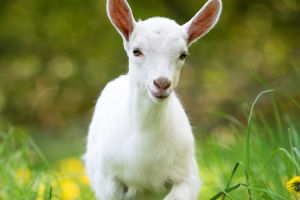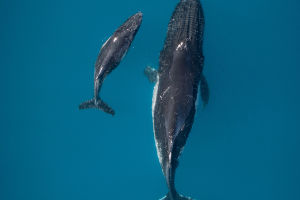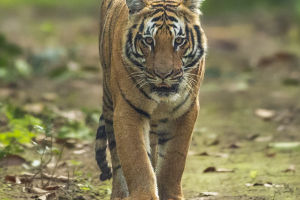Lions, renowned as the kings of the savannah for their powerful physique and social structure, attract attention not only for their biological significance but also for their unique behavior of communal nursing of cubs.
This article delves into the communal nursing behavior of lions and explores the biological and ecological reasons behind this phenomenon.
Biological Background
Lions are large felids found in parts of Africa's grasslands and the Indian subcontinent. They are social animals, typically living in groups characterized by complex social structures and behavioral patterns.
Lion pride usually consists of several adult males, females, and their offspring, exhibiting a social structure distinct from other large felids such as leopards and tigers, emphasizing more cooperative traits.
Reproduction and Cub Rearing
The breeding season of lions is typically not influenced by seasons, although in certain regions, they tend to favor late rainy seasons when prey is more abundant.
Lionesses generally give birth to cubs in secluded locations, with typical litter sizes ranging from two to four. Newborn cubs are extremely vulnerable and almost defenseless, necessitating mothers to safely transport them to the core areas of the group.
Analysis of Communal Nursing Phenomenon
Communal cub nursing among lions is a relatively rare but significant behavior. This behavior, distinct from most other felids, reflects profound implications of lion social structure and ecological adaptation.
1. Social Factors: Adult lionesses in pride often form close bonds, especially those mothers simultaneously nursing cubs. These lionesses tend to care for and nurse each other's cubs, potentially enhancing cub survival rates and cohesion within the pride.
2. Survival Advantage: Communal nursing helps ensure all cubs receive sufficient food. Particularly in times of resource scarcity, multiple lionesses feeding cubs can greatly increase their chances of survival. This cooperative nursing behavior may also reduce competition and conflicts, thereby maintaining stability within the entire pride.
3. Ecological Adaptation: Lions inhabit vast grasslands and open geographic environments that typically lack abundant cover like forests. Thus, communal nursing may reduce the risk of cub predation, thereby enhancing overall group survival rates.
Evolutionary Significance of Group Behavior
The communal nursing behavior in lions reflects the evolutionary process of their group living and social structure.
This behavior is not just an adaptation to environmental pressures and resource competition, but also a significant manifestation of cooperation and reciprocity within lion groups. By engaging in communal nursing of cubs, lion pride ensures the survival and development of offspring while maintaining harmony and order within the group.
Conclusion
In summary, the communal nursing behavior of lions, as social large felids, holds profound significance in the fields of animal behavior and ecology. This behavior is not merely a survival strategy but also a profound reflection of lion group structure and social interactions.
By deeply understanding the biological and ecological reasons behind this behavior, we can better protect and manage these valuable wildlife resources and gain a deeper appreciation of the intricate mechanisms at work in the natural world.


